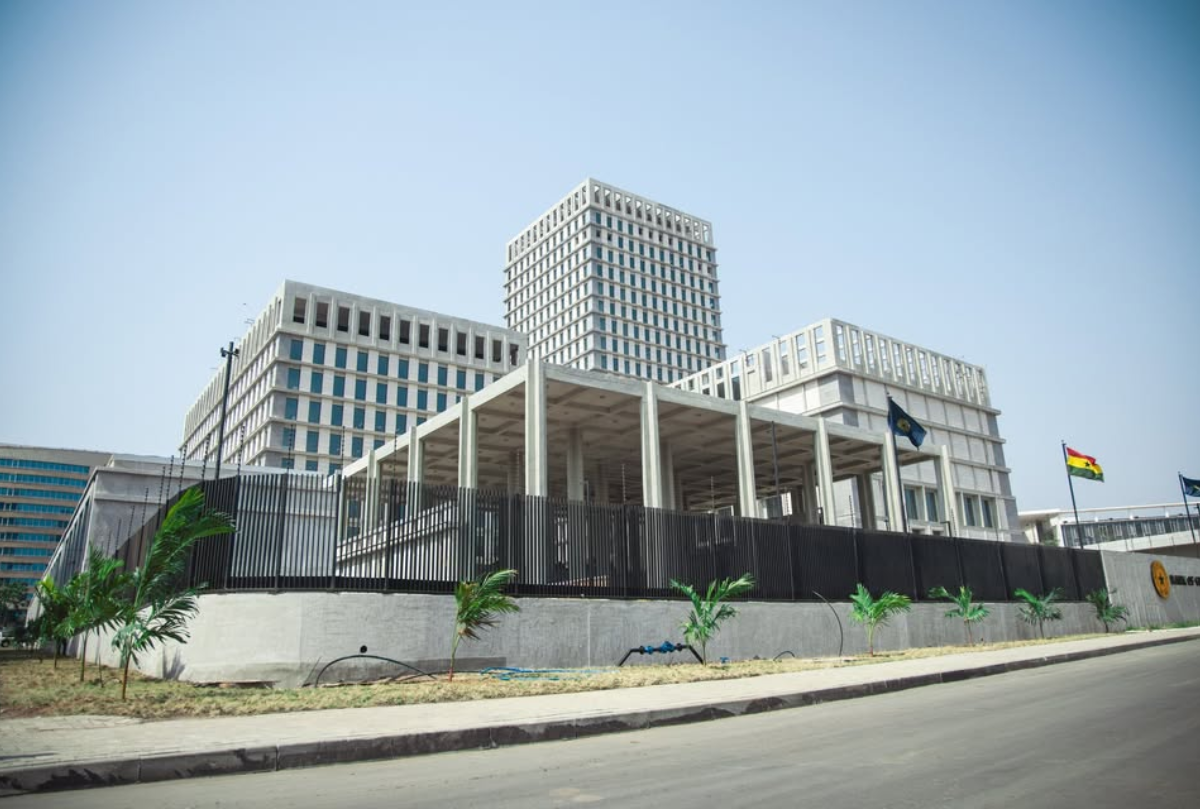Disinflation needs institutional backbone in Ghana
Cedi steady near GHS10.8 per USD (USDGHS=X) as inflation falls to 9.4%; gold (XAUUSD) and cocoa (CC=F) lift reserves; T-bill yields hold near 10–13% while Parliament’s fiscal-rule push tests Ghana’s credibility and market confidence.

Ghana’s Parliament reconvening on 21 October 2025 marks a transition from short-term stabilisation to institutional fiscal restraint. The legislature’s agenda—tightening the Public Financial Management framework, refining debt operations, and clearing arrears—aligns with improved macro indicators after two years of volatility. Headline inflation fell to 9.4 percent y/y in September 2025, from 23 percent a year earlier.
The Bank of Ghana has lowered its policy rate to 21.5 percent, cutting a cumulative 650 basis points since July, while short-term Treasury yields stand near 10.7 percent (91-day), 12.4 percent (182-day), and 12.9 percent (364-day). The cedi trades around GHS 10.8 per USD (USDGHS=X), and gross reserves—about US $10.7 billion at end-August—cover roughly 4.5 months of imports. These data points define a more credible base for fiscal consolidation under the 2026 budget cycle.
Transmission occurs through three main channels. The interest-rate channel reflects declining nominal yields as inflation retreats, creating scope for lower real borrowing costs if fiscal policy stays disciplined. The liquidity channel depends on arrears reduction: energy-sector obligations, still in the low-billion-dollar range, have long constrained bank balance sheets; systematic clearance combined with loss-reduction at utilities would free credit and lower non-performing-loan ratios. The expectations channel links legislative credibility to risk premia—credible fiscal anchors compress sovereign spreads, stabilise the currency, and gradually attract back foreign investors whose share of domestic debt remains subdued.
Growth momentum reinforces the fiscal story. Real GDP expanded 6.3 percent y/y in Q2 2025, led by services and mining. The trade surplus through August strengthened reserves, while commodities underpin external resilience: gold (XAUUSD) remains above US $2,300 per ounce, and cocoa (CC=F) prices near US $9,500 per tonne have improved the terms of trade. The cedi’s appreciation from above GHS 12 per USD in late 2024 to the 10.5–11.5 band by October 2025 has eased imported inflation, allowing the Bank of Ghana to retain positive real rates without additional tightening.
Debt ratios are falling but remain the core vulnerability. Public debt, which exceeded 90 percent of GDP in 2022, is projected near 59 percent by end-2025 following domestic and external restructurings. The primary balance recorded a 1.1 percent-of-GDP surplus for January–August, consistent with a 1.5 percent surplus target for 2025. Sustaining that surplus into 2026, alongside nominal GDP growth around 12 percent and average funding costs drifting toward 13 percent, could lower the debt ratio by 7–9 percentage points over three years. Failure to institutionalise these gains would reopen refinancing pressure once multilateral disbursements slow.
Market pricing reflects guarded optimism. The Ghana Stock Exchange Composite Index (GSE-CI) has surged about 74 percent year-to-date to 20 October, led by financials, but trading remains shallow. On the restructured dollar curve, Ghana’s 2030 bonds yield roughly 19–20 percent, still far above regional peers such as Côte d’Ivoire (~8 percent) or Kenya (~10 percent). A legally binding fiscal-rule package—quarterly arrears reporting, cash-management transparency, and spending caps—could narrow domestic yields by 150–250 basis points and stabilise external spreads.
Regional context underscores the significance. Across sub-Saharan Africa, disinflation has outpaced structural reform; Ghana is one of few economies combining falling prices with a genuine fiscal anchor. The challenge mirrors broader emerging-market dynamics: monetary easing risks reigniting inflation if fiscal credibility slips. The IMF’s Extended Credit Facility provides a policy guardrail, but sustained improvement requires institutional—not just programmatic—discipline.
Three measurable indicators will confirm success by 31 March 2026: a verified primary surplus at or above 1.5 percent of GDP for FY 2025; zero net accumulation of energy-sector arrears; and 182-day bill yields consistently below 12 percent alongside USDGHS=X within the 10.5–11.5 band. Achieving these benchmarks would validate Ghana’s fiscal reset, compress borrowing costs, and reopen gradual market access in H2 2026.





